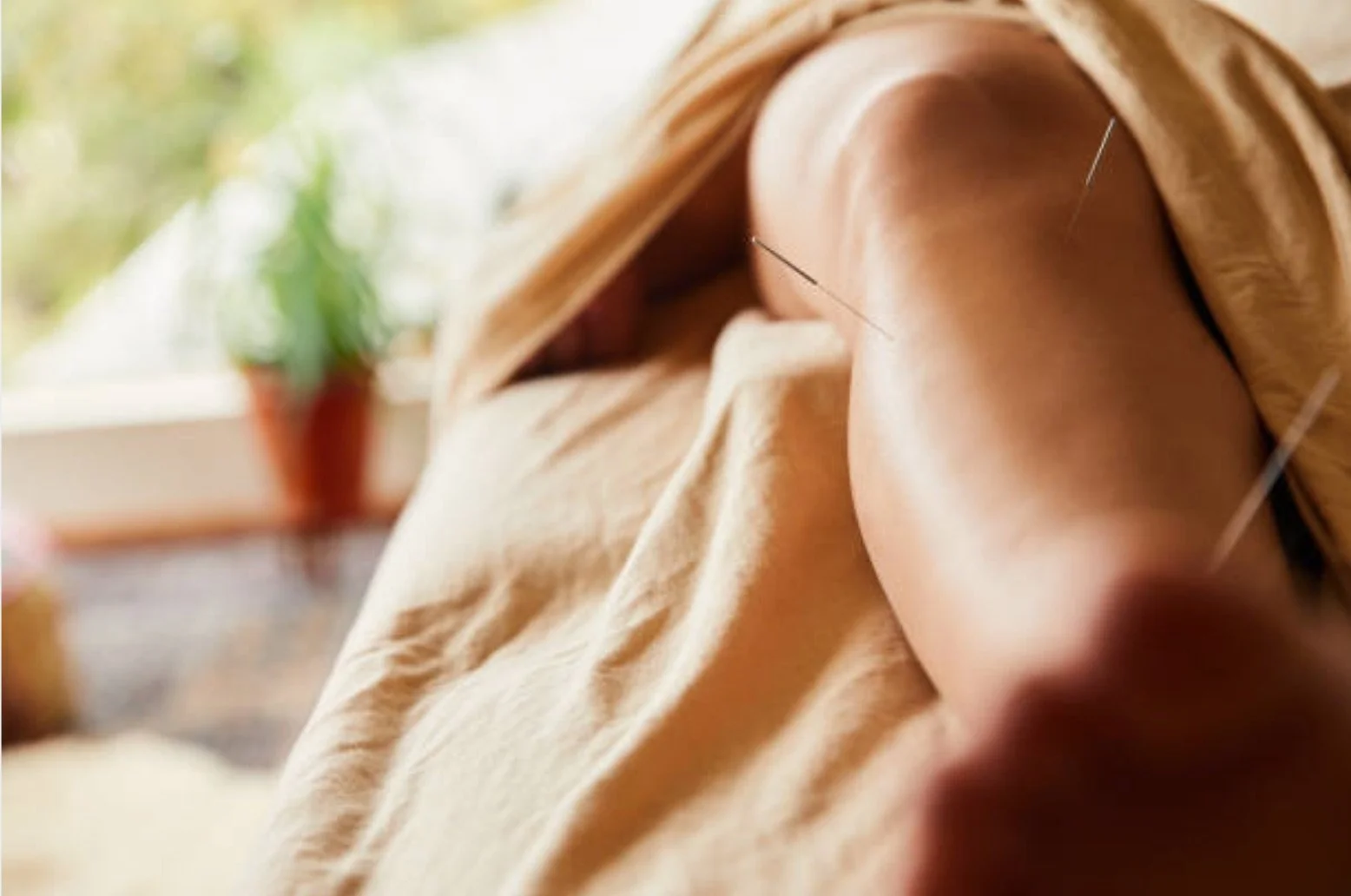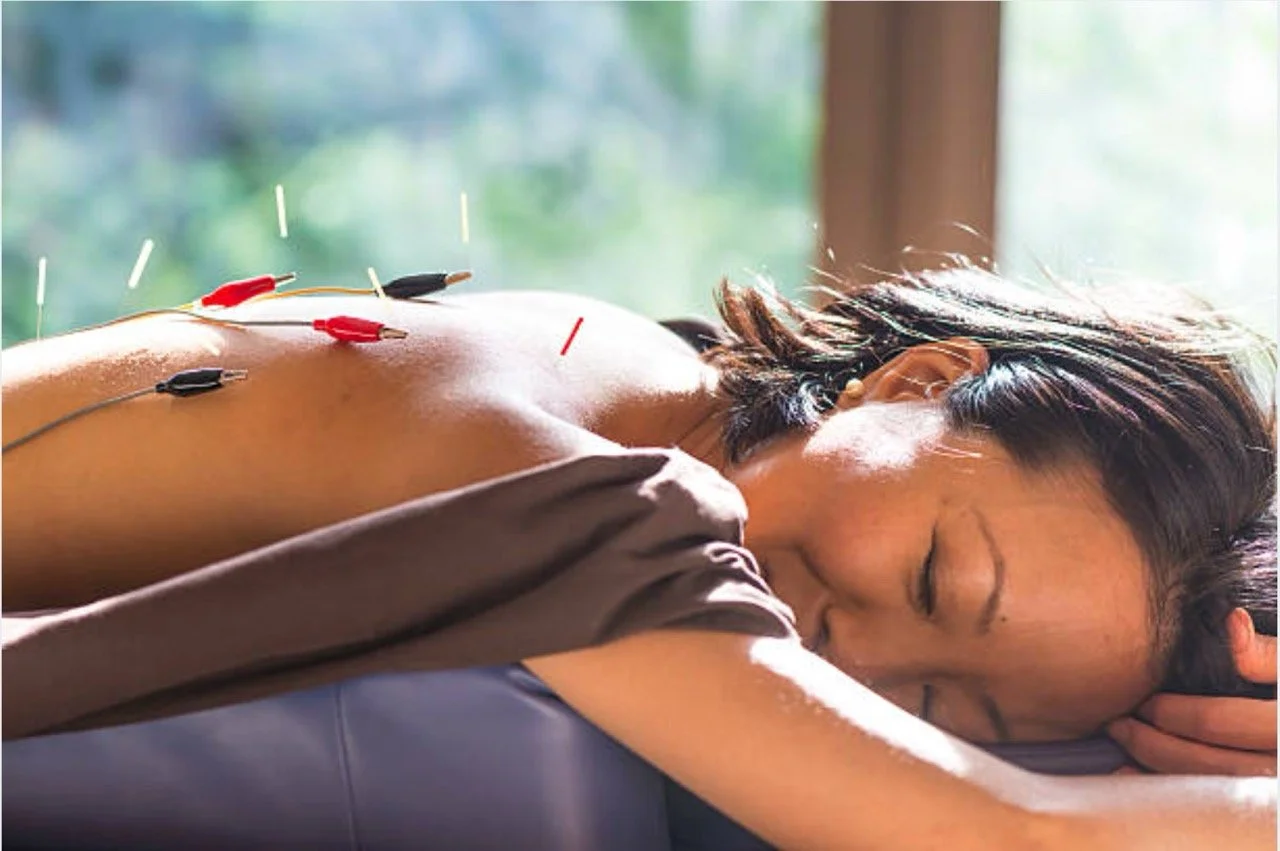Acupuncture and Electro-acupuncture
Feel better
Acupuncture needles are incredibly thin solid needles that are so fine that many peopled do not feel insertion. They are used to stimulate or release certain points on the body along meridian or energy systems of the body. Each point has certain indications and they in combination as well as individually have the capacity to powerfully support the organ and meridian systems of the body. Upon getting over the feelings of distaste of needles many of us have stemming back from childhood most people deeply enjoy the therapeutic process and effects of acupuncture, many even fall asleep during treatment and often people speak of an “acupuncture high” they feel after treatment which is the result of more optimal Qi (energy) flow according to Chinese medical theory. There are many needle techniques used to treat different conditions.
Heal faster
Known to regulate heart rate, blood pressure(1), relieve stress and inhibit inflammation.
Prevents coronary heart disease.(2)
Extremely rare for there to be adverse reactions.
Nitric oxide was found to be generated by acupuncture resulting in increased local blood flow(3). NO signals muscles to relax.
Research into evidence-based non-pharmacologic pain care has proven the effectiveness of acupuncture in the treatment of post-surgical pain, chronic pain, acute nonsurgical pain and pain from cancer.(4)
(1) Sriloy, M. , Nair, P. M. , Pranav, K. , & Sathyanath, D. (2015). Immediate effect of manual acupuncture stimulation of four points versus slow breathing in declination of blood pressure in primary hypertension—A parallel randomized control trial. Acupuncture and Related Therapies, 3(2), 15- 18.
(2) Tick, H., Nielsen, A., Pelletier, K., Bonakdar, R., Simmons, S., Glick, R., Ratner, E., Lemmon, R., Wayne, P. and Zador, V. (2018). Evidence-Based Nonpharmacologic Strategies for Comprehensive Pain Care. Pg. 41
(3) Tsuchiya, M., Sato, E. F., Inoue, M., & Asada, A. (2007). Acupuncture enhances generation of nitric oxide and increases local circulation. Anesthesia & Analgesia, 104 (2), 301-307.
(4) Tick, H., Nielsen, A., Pelletier, K., Bonakdar, R., Simmons, S., Glick, R., Ratner, E., Lemmon, R., Wayne, P. and Zador, V. (2018). Evidence-Based Nonpharmacologic Strategies for Comprehensive Pain Care.
(5) Moxafrica.org. https://www.moxafrica.org/copy-of-uganda-project-1. Published 2019.


